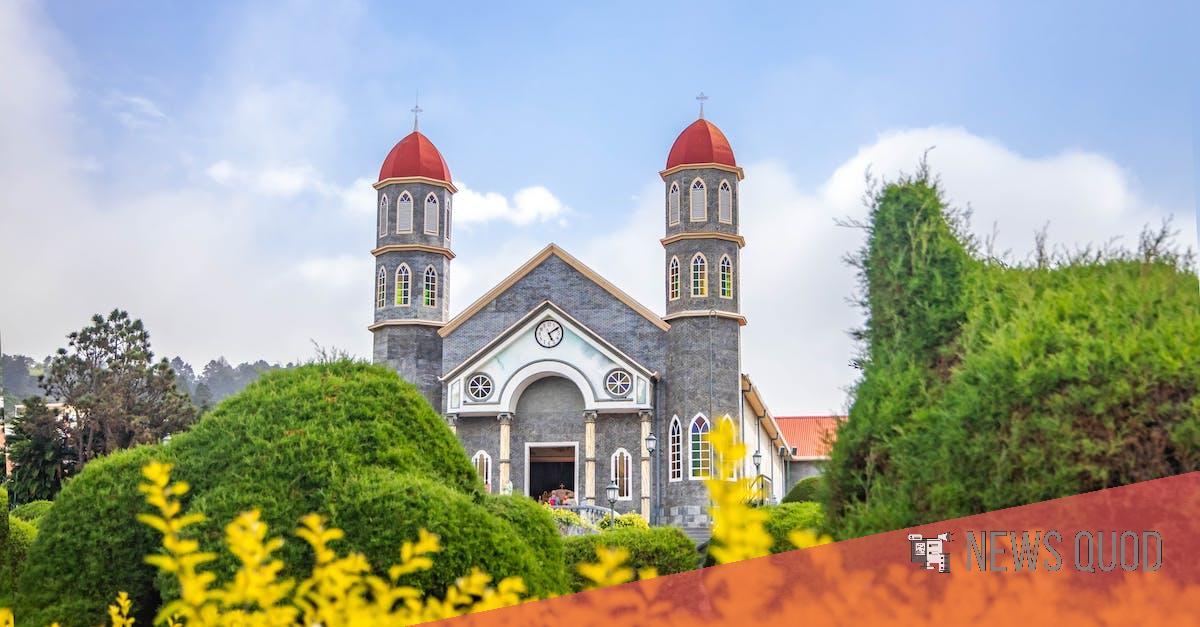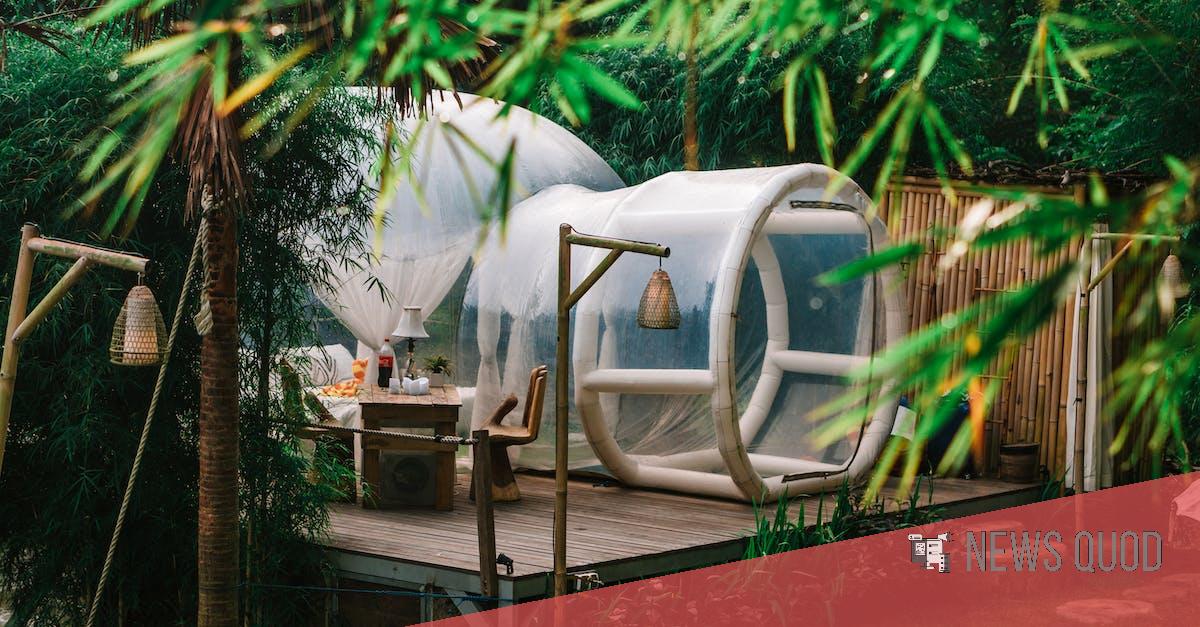The Role of Religion in Shaping Jamaica’s Heritage and Culture

Jamaica has many influences from all parts of the globe and has a rich cultural heritage. It is the birthplace of reggae musicthat has had an enormous impact on musicians across the world.
A trip to this Caribbean island is an ideal way to learn more about its culture and heritage and enjoy a broad variety of activities. From the beach to waterfalls, and many more It has something for everyone!
Histories
Jamaica’s past has been affected by the genocide of its indigenous peoples as well as its long-standing history of slavery. Jamaica also has to deal with the interplay of Europe, Africa, and Asia. The present-day Jamaican island is a land of contrasts and variety.
The first inhabitants of Jamaica, the Taino Indians, migrated to the island about 600 ce. Their way of life was focused on fishing and cultivation of corn (maize) and cassava.
They were destroyed during the Spanish conquerors in 1494. Xaymaca was the Arawak word for this island. It is a reference to “Land that is surrounded by water and wood”.
Over the course of 150 years, Jamaica was under Spanish supervision for 150 years. Jamaica was used as the centre for slave transport and sugar plantation. European ailments caused the death of many Arawak people, and they also committed suicide or starvation.
Music
Jamaica is the home of an array of music genres, a lot of which are rooted in their unique heritage. It includes reggae, mento and dancehall as well as more obscure music styles like folk.
Jamaica is small but it has an extensive musical culture that is strongly affected by the many different people living there. Its majority includes West African, while other minorities are East Indian and Chinese.
When the island was first conquered by Spain and later by England it was a time when new customs, cultural norms music, customs and practices were created. Certain of these are being used in the present day folk music.
The rise of sound systemsthat were able to play American R&B and Jamaican music, marked significant in nation’s music scene. The brand new genre of music, Ska, emerged. The ska sound was developed to reflect the changes in society occurring in Jamaica in the period. It became the most dominant element within the Jamaican music scene.
Food
The food of Jamaica has a broad selection of flavors from across the globe. The African slave trade Indian as well as Chinese indentured laborers, as well as the British colonial administration have all contributed to Jamaica’s food.
Jerk is among the most popular dishes. The meat is cooked with a mix of allspice, cloves, and cinnamon before being cooked on pimentowood. This is a mouth-watering spicy treat that’s sure to set your taste buds singing.
Another favorite dish is saltfish and ackee. The yellow and fleshy seed pods from ackee cherries (a relative of the lychee-like fruit) were imported from West Africa and are often served with cod salted for a savory flavor to this national dish.
Jamaican meals comprise peas, rice and fried plantains. Veggies and fruits also make appearances.
People
The Jamaicans are distinct in their own way, with strong ties to their culture. Jamaica’s culture is multifaceted and abundant, including music cuisine, language, and dance. The culture also encompasses traditions and folklore.
The culture is a consequence of the interactions between Africa as well as Europe. European influences have been observed in the fields of medicine, religion, and other public establishments. In contrast, African continuity has been apparent in Jamaican Creole cuisine cultural, language, and the drumming.
While most Jamaican traditions seem to be dying, there’s a handful which remain. One of these traditions is the “Nine Nights Wake that lasts for 9 days during which family members and friends meet in memory of a beloved family member. Another is ‘Kumina’, a ceremony involving dance and spirit possession, and an opportunity to celebrate and appeasing the ancestors.








